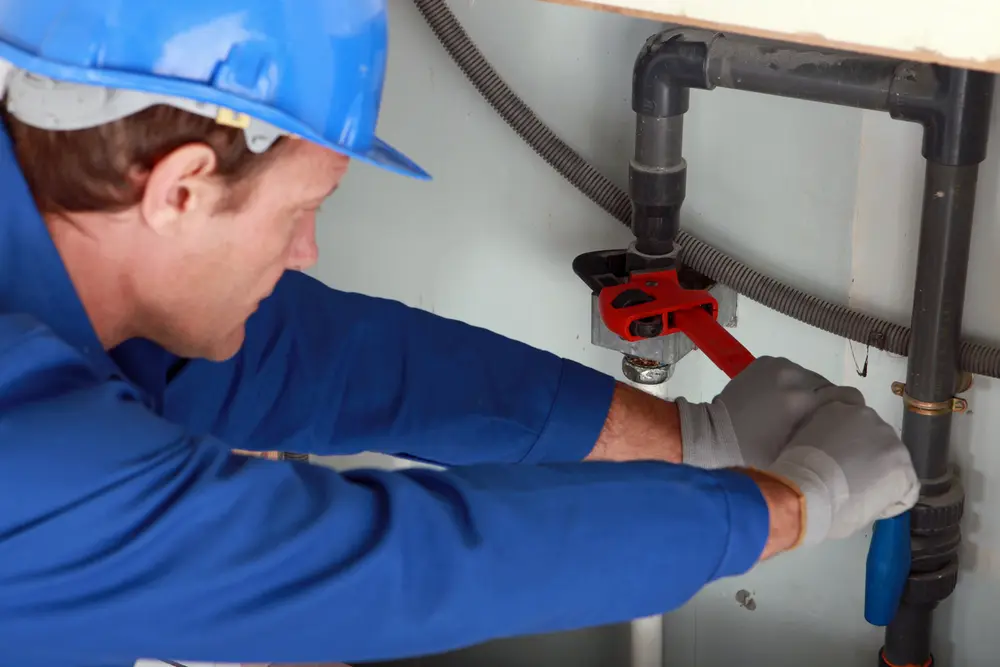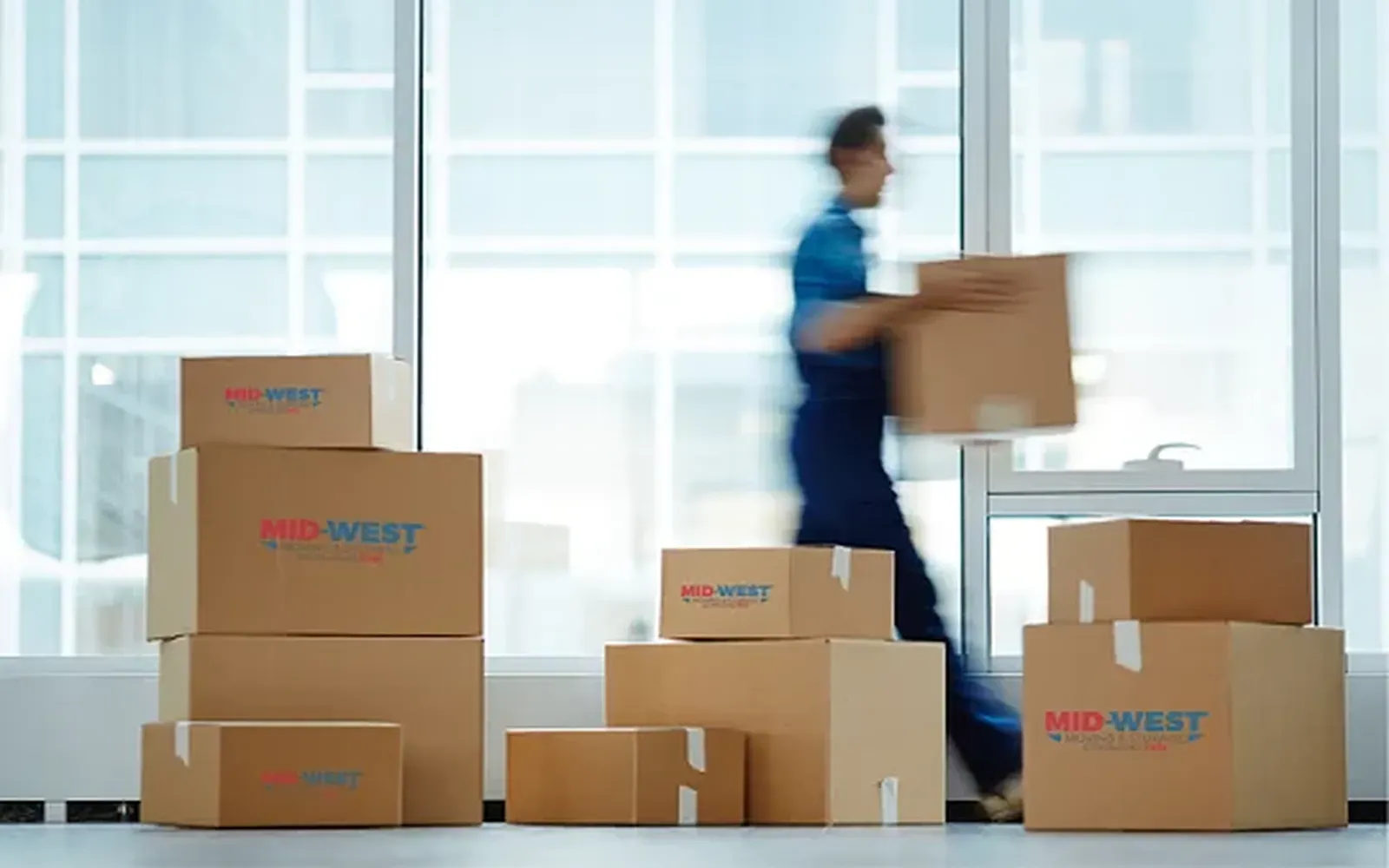Understanding Water Damage and How to Address It
Water damage is one of the most common issues faced by homeowners and businesses alike. It can occur due to various reasons, such as heavy rainfall, leaking pipes, appliance malfunctions, or natural disasters. If not addressed promptly, water damage can lead to structural issues, mold growth, and costly repairs. This article will guide you through understanding water damage and the necessary steps to mitigate its impact.
🌊 What Causes Water Damage?
Water damage can happen for several reasons, including:
1. Leaking Pipes
Pipes can corrode or crack over time, leading to slow leaks that can go unnoticed until significant damage is done. Common signs include damp spots on walls or ceilings and mold growth in hidden areas.
2. Flooding
Heavy rain, storms, and rising rivers can cause flooding that infiltrates homes and businesses, leading to extensive damage to floors, walls, and furniture.
3. Appliance Malfunctions
Water-related appliances, such as washing machines, dishwashers, and refrigerators, can malfunction, resulting in leaks and flooding.
4. Roof Leaks
Damaged or aging roofs can allow water to seep through, causing ceiling leaks and water damage to the structure of the home.
5. Sewage Backups
Sewage backups can result from clogged drains or damaged sewer lines, leading to harmful contamination in your home.
🔨 How to Identify Water Damage
Early detection is key to preventing severe water damage. Look for these common signs:
- Water stains on walls or ceilings
- Peeling or bubbling paint
- Musty odors or mold growth
- Swollen or warped wood flooring
- Damp carpets or furniture
- Increased humidity levels in the home
🛠️ Steps to Take When Water Damage Occurs
1. Safety First
If the water damage is extensive, turn off the electricity and gas supply to avoid electrical hazards or gas leaks. Avoid walking in areas with standing water, as this can be a health risk.
2. Stop the Source of Water
If the damage is due to a leaky pipe or appliance, try to turn off the water supply to prevent further flooding. For storm-related damage, using sandbags or tarps can help reduce water from entering the property.
3. Document the Damage
Take photos or videos of the damage for insurance claims. It's essential to have clear documentation of the extent of the damage to ensure a smooth claims process.
4. Remove Standing Water
Use a wet-dry vacuum or hire a water damage restoration service to remove standing water quickly. The faster the water is removed, the less likely it is to cause long-term damage or mold growth.
5. Dry and Dehumidify
After removing water, the next crucial step is drying the area thoroughly. Use fans, dehumidifiers, and open windows to help dry out the space. Allow sufficient time for everything to dry before restoring furniture or carpets.
6. Clean and Sanitize
Water damage, especially from floods or sewage backups, can introduce contaminants. Clean and sanitize the affected areas to ensure the environment is safe and free of harmful bacteria.
🚨 When to Call a Professional Water Damage Restoration Service
While minor water damage can be handled with DIY solutions, extensive or severe damage requires the expertise of a professional restoration company. Professionals are equipped with specialized tools and experience to assess the damage and begin the restoration process safely. They also have access to commercial-grade drying equipment to prevent mold growth.
Here’s when you should call a professional:
- If the water damage is widespread or significant
- If mold growth is present
- For sewage backups or contaminated water
- If you’re unsure of the extent of the damage
- For complex repair or restoration tasks
💡 How to Prevent Water Damage in the Future
Taking proactive steps can help prevent future water damage:
- Inspect your roof and gutters regularly
- Maintain plumbing and appliances
- Install a sump pump in flood-prone areas
- Check for leaks around windows, doors, and pipes
- Ensure proper drainage around your home’s foundation
- Seal cracks in walls, windows, and foundations
💰 Water Damage Insurance Coverage
Homeowners insurance policies may cover water damage, but coverage varies based on the cause of the damage. It’s essential to review your policy and understand what is covered, including any exclusions for flood damage or neglect.
Flood insurance is a separate policy that covers water damage caused by flooding, which is typically not included in standard homeowners insurance.
🏡 Conclusion
Water damage can be a serious and costly issue, but with quick action, you can minimize its impact. Always prioritize safety, identify the source of the water, and start the cleanup process as soon as possible. For severe damage, consider calling a professional water damage restoration service to ensure thorough restoration and prevent further problems.
Explore

Best Water Leak Repair Companies in the USA (2025)

Understanding Student Loans and How to Manage Them

Understanding Structured Settlement Annuities: A Comprehensive Guide

Understanding Humana Health Benefits

Understanding Cloud Backup: The Future of Data Protection

Understanding Pet Insurance: Protecting Your Furry Family Members

Moving Company and Services: What to Expect and How to Choose the Right One

Top Network Security and Monitoring Software
